Affiliate Marketing Platform Redesign
Digital Transformation of Affiliate Marketing Software

The Income Access (IA) software has been a leading force in affiliate marketing analytics and technology since its inception in 2002. However, with the rapidly evolving digital landscape, the IA software faced several challenges such as limited data analytics capabilities, suboptimal user experience, and a lack of adaptability to the varied needs of digital marketing. To address these issues, the project embarked on a mission to redefine the software's capabilities and expand its reach in the digital marketing domain.
As the UX Design Lead, my role was crucial in steering the software's evolution. The focus was on a user-centred design approach prioritizing users' needs and pain points. We began the project with an in-depth analysis of user interactions, pain points, and expectations to lay the groundwork for a comprehensive redesign. Our goal was to revolutionize the user interface and experience, enhance data processing and reporting capabilities, and introduce a level of customization and flexibility that would set a new standard in digital marketing tools.
Our endeavor aimed to overcome the existing challenges, set a foundation for continuous improvement and innovation, and ensure that the IA software remained at the forefront of the digital marketing revolution.
Design Thinking & Product Strategy
20 months duration
Adobe Creative Cloud, SolidWorks
User Experience Lead in Agile team
The software redesign journey mirrors the legendary tale of the Phoenix, a symbol of renewal and transformation. Just as the Phoenix rises from its ashes, reborn and revitalized, the software, too, undergoes a profound metamorphosis.
The revamped Income Access software significantly improved its data handling capabilities. Users gained access to robust real-time data analytics, facilitating quicker, more accurate decision-making and optimizing digital marketing strategies. This upgrade transformed the software into a powerful tool for data-driven insights, essential for modern digital marketing.
With its user-centric redesign, the software experienced a marked increase in user engagement and satisfaction. The intuitive, responsive interface and customizable dashboard features catered to the specific needs and preferences of users, making the software an indispensable part of their daily digital marketing activities.
he project showcased an innovative integration of industrial design with user experience design, underscoring the importance of a holistic approach to product development. This fusion ensured that the technical sophistication of the network tools did not compromise their usability and user-friendliness. The design lead's role was crucial in ensuring that the end products were not only functionally superior but also intuitively usable by a diverse range of users, from network specialists to everyday consumers.
The Income Access software began to falter under the weight of outdated technology and accumulating technical debt, struggling to keep pace with rapidly evolving digital trends. Its once efficient and user-friendly interface turned clunky and unintuitive, alienating users who now expected more streamlined and visually appealing digital experiences. As a result, the software faced the risk of obsolescence, with its user base gradually diminishing in favour of more modern, efficient solutions that offered advanced technology and an engaging user experience.
Most carriers do not have a specific idea of their coverage blind spots and rely on users' complaints to detect them, considering investigating an area only after several complaints have been filed.
Phone coverage is distributed by antennas and its efficiency and optimization could be affected by multiple factors, like weather, new buildings, other antennas and changes in the landscape. It. is also possible the materials in a building can affect the penetration of the network, some rooms might have fantastic coverage while others could barely have one bar.
This strategy was created to offer a complete platform so carriers would be able to get a single solution for all their mobile network needs. The early stages of user research and stakeholders’ interviewing reported the following paradigms:
Technology Modernization
Actively upgrading the software’s architecture to incorporate advanced technologies, aiming to enhance performance and scalability. This strategic approach not only improves system efficiency but also positions the software for ongoing technological advancements.
User Experience Enhancement
Implementing a comprehensive UI redesign to ensure intuitive navigation and improved usability. This strategy boosts user engagement and satisfaction, aligning the software with contemporary UX best practices.
Feature Parity and Innovation Strategy
Maintaining a critical balance between preserving key existing features and introducing innovative functionalities. This approach ensures user familiarity and comfort with the software while simultaneously adapting to modern design trends and evolving user needs.
Paradigm 1
Surveying equipment is expensive and complicated
Desired outcome
Simplify surveying hardware to be affordable and simple
Paradigm 2
Only network engineers are in charge of network testing and surveys
Desired outcome
Reduce complexity to the point that anybody can survey a network.
Paradigm 3
Efforts to improve network performance go unnoticed by consumers
Desired outcome
Make surveying efforts remarkable and noticeable. After all, it shows the company they care.
Paradigm 4
Marketing efforts focused on network speed can backfire.
Desired outcome
If the current scenario is not positive, have a way to change the conversation
MMC vision is to gather the right data, and the right time, to paint the Quality of Experience (QoE) picture. To be able to express the concepts to investors and stakeholders, we created illustrations to visualize ideas.
A simple plan for complex solutions. We need methods to collect reliable information, which is analyzed and communicated to stakeholders so they can make decisions.
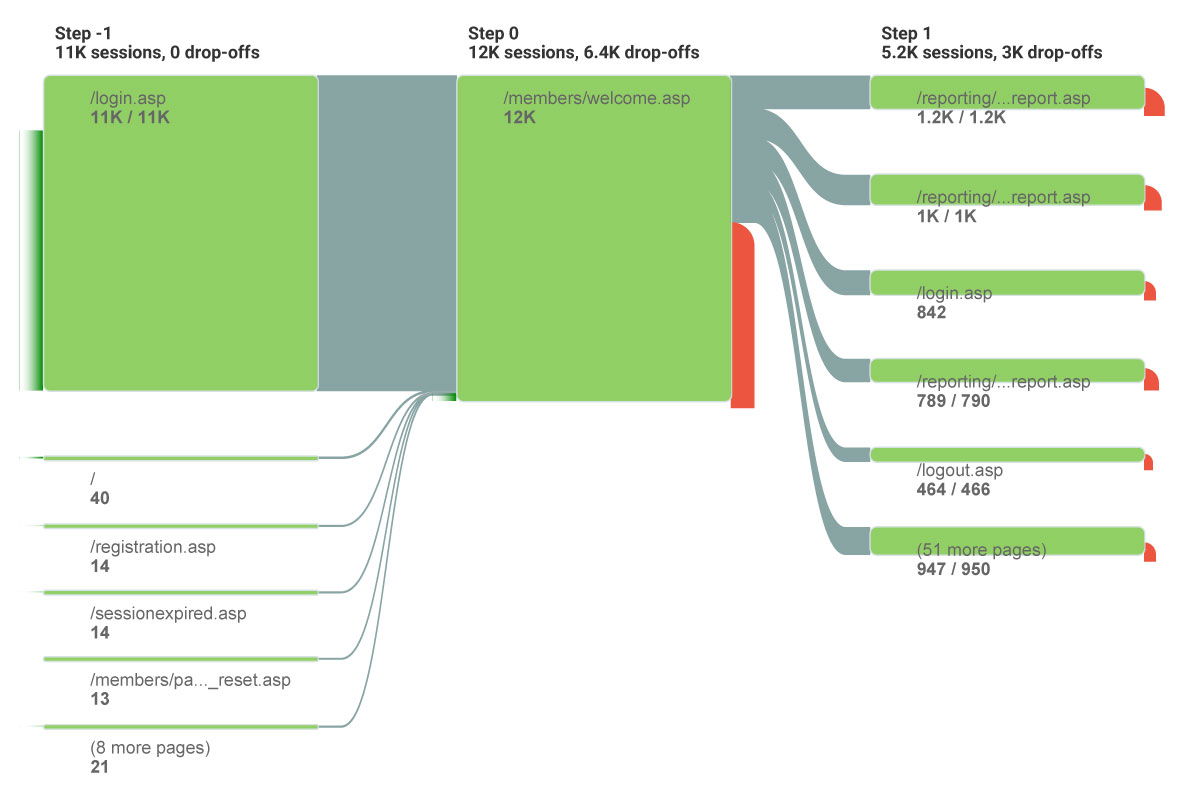

My car sharing service had issues locating its vehicles around this are parking lot. Not anymore!

The marketing department at company X can confidently say they have the fastest and more reliable network, they have real data to support it.
MMC vision is to gather the right data, and the right time, to paint the Quality of Experience (QoE) picture. To be able to express the concepts to investors and stakeholders, we created illustrations to visualize ideas.
A simple plan for complex solutions. We need methods to collect reliable information, which is analyzed and communicated to stakeholders so they can make decisions.
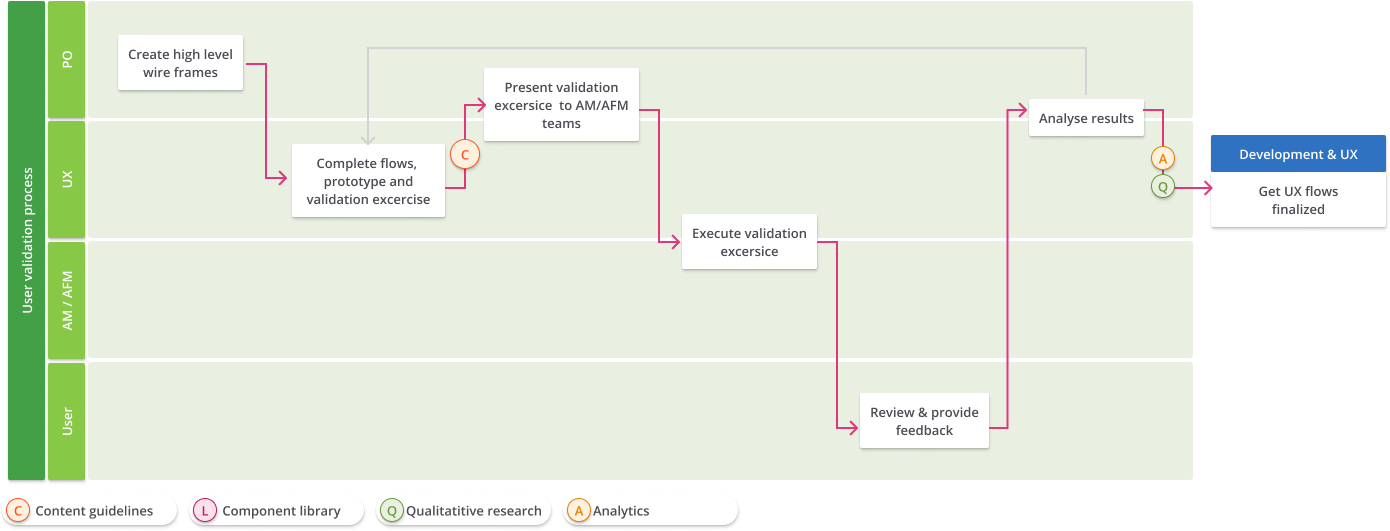

My car sharing service had issues locating its vehicles around this are parking lot. Not anymore!

The marketing department at company X can confidently say they have the fastest and more reliable network, they have real data to support it.

He likes being in charge and being the first one to jump in if a conflict arises. This is ideal because he has to deal with grouchy clients, bad landlords, paperwork, having to assist customers with tasks that they should be able to do and managing contractors. He has an office, but he spends most of the day in his car driving from one location to another. His phone and his tablet are his life.
In recent years, customers had considered access to high speed internet and mobile coverage as a factor before buying a new property.

She loves helping people, that is why she has become really good at understanding the technical side of how a network functions, at least good enough to determine where the problem is and who can solve it.. She hates dealing with rude customers, having to get the managers approval for a lot of things, waiting for slow computers.

Troubleshooting and fixing problem areas, creating feasible solutions to problems. He spends a lot of time analyzing boring data in a spreadsheet. By not having nice visualizations for viewing network data he needs to pinpoint areas in a map to understand how slow systems or software failure are affecting people.
He has to visit multiple areas to figure out technical issues and work overtime. He would like to spending that commuting time with his family. Has been using in the industry for ages, he is developing arthritis, and he is starting to worry about his future.
Dealing with Poor Coverage calls, Jackie is assigned a customer who has been struggling with their cell phone coverage and is very frustrated. Customers can’t remember precisely when these outages occurred, but it affects their business. Jackie would like to determine whether these outages are due to the network or the customer’s phone by viewing summary statistics (i.e. minutes used, number of calls dropped vs. calls made without drop). If it appears to be the phone, she wants to see some statistics about the customer’s phone. (Benchmark customers' devices against average device performance).
Jackie is assigned a customer who is looking to upgrade/renew their phone plan. The customer requests a better deal or a discount because “they have not been getting good coverage”. Jackie would like to be able to determine if these are legitimate claims. Suppose they are legitimate claims then she would like to determine if it is the customer’s phone or the network that is the problem by viewing summary statistics (i.e. minutes used, number of calls dropped vs. calls made without drop). If it appears to be the phone, she would like to be able to see some statistics about the customer’s phone, and she might be able to suggest a deal in the phone department. If these are bogus claims made by the customer then she would be able to determine this and counter-argue with facts.
Viewing Current Network Coverage (Overview), Darren would like to view the current status of the network. He would like to quickly see where the network is performing well and where it isn’t. He must also be able to view the location of his company’s cell towers. He would also like to see summarized metrics such as the total number of dropped calls vs. not dropped and tower load metrics.
Viewing Current Network Coverage, Darren needs to view more details about the network, such as network activity, tower load, data transmission speeds, specific signal-‐lost and signal-‐regained events and geographic factors that may influence these metrics. If a signal-‐lost event occurs, Darren would like to see more details about the user's device, including device type, firmware, OS, battery percentage, signal strength, time & all those pesky details. Still, there is not much information to start with.
This device was created to be able to analyze the reasons for poor voice quality during a call. There are many factors that can influence the perception of how clear the voice is, at least two devices are involved, phone reception, ambient noise or other electronics can interfere with a call.

This Android-powered device uses a high-end smartwatch as an external voice quality tester. It is meant to be delivered to a customer's home, so they would be able to do manual tests on their own. The device had the option to use Bluetooth or a phone jack to collect voice quality.

The tester was designed to be attached to any android device available at the time.
The benchmark box is a network performance recording device. It powered two displays to communicate survey results in that area and streamother marketing messages.
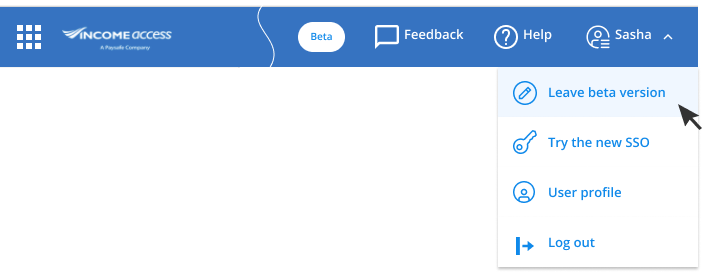
We included a switch so users can try beta versions and get used to new features without interruptions.
Shopping malls and retail stores are good places considering the effectiveness of the network.
Consider a carrier store trying to gain new customers but whenever they try to set up a new account, the coverage display shows only two bars. Not good for business.
The backpack was also designed to be able to use it as an in-store display, streaming marketing announcements and collecting network information.

The benchmark box was designed so it could be attached to a stand or wall mount and become part of the store’s decoration, featuring custom marketing information in real-time.
The essence of this project lay in employing design thinking to transform complex technical procedures into forms easily accessible and usable by anyone, showcasing the power of simplification in technology. Our team, comprising exceptionally skilled engineers and visionary tech leaders, embraced a culture of relentless innovation. Together, we delved into uncharted territories, continuously pushing the envelope in technological advancements through a collaborative and dynamic approach. This synergy of ideas and expertise was pivotal in testing and refining groundbreaking concepts.
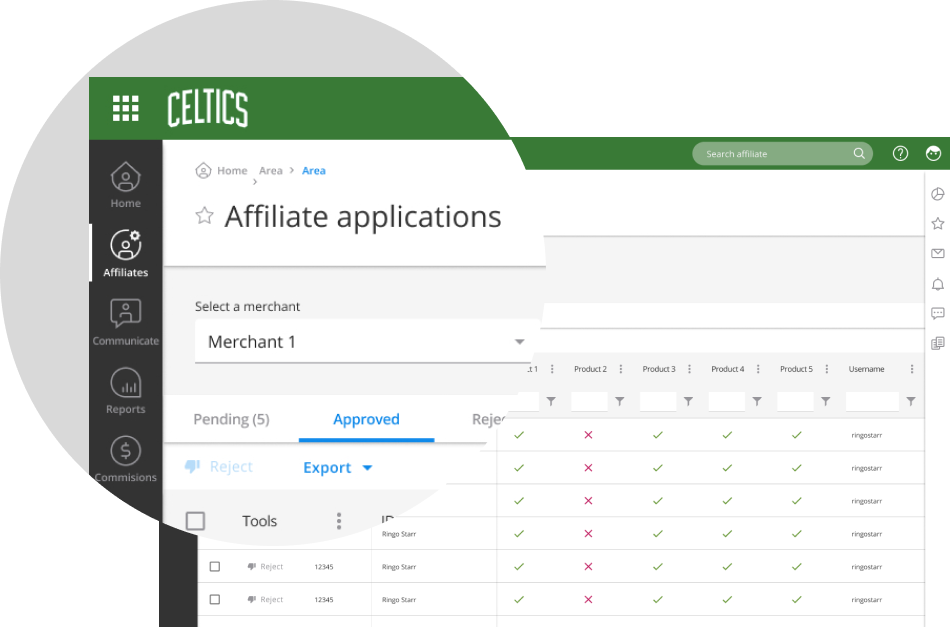
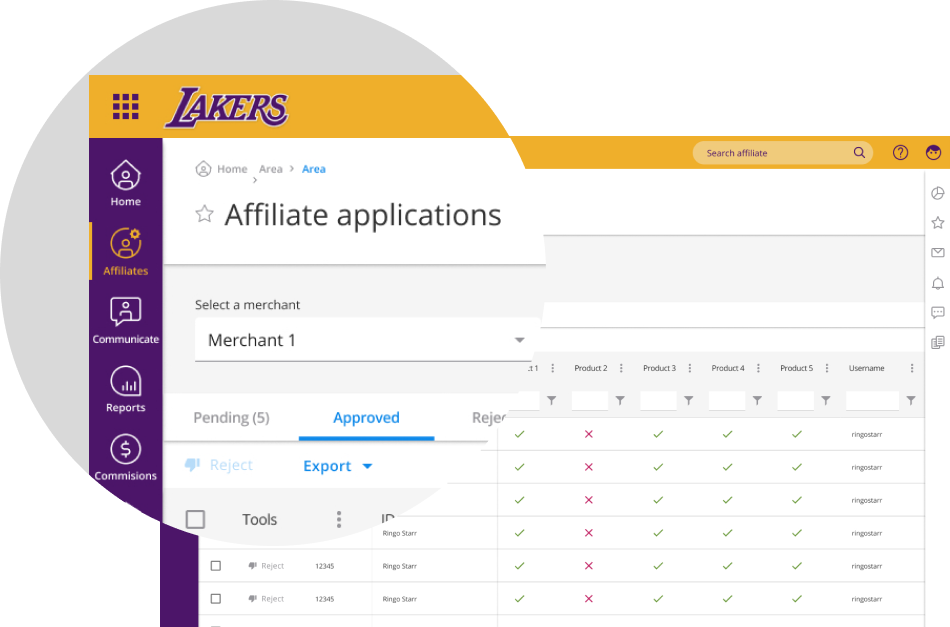
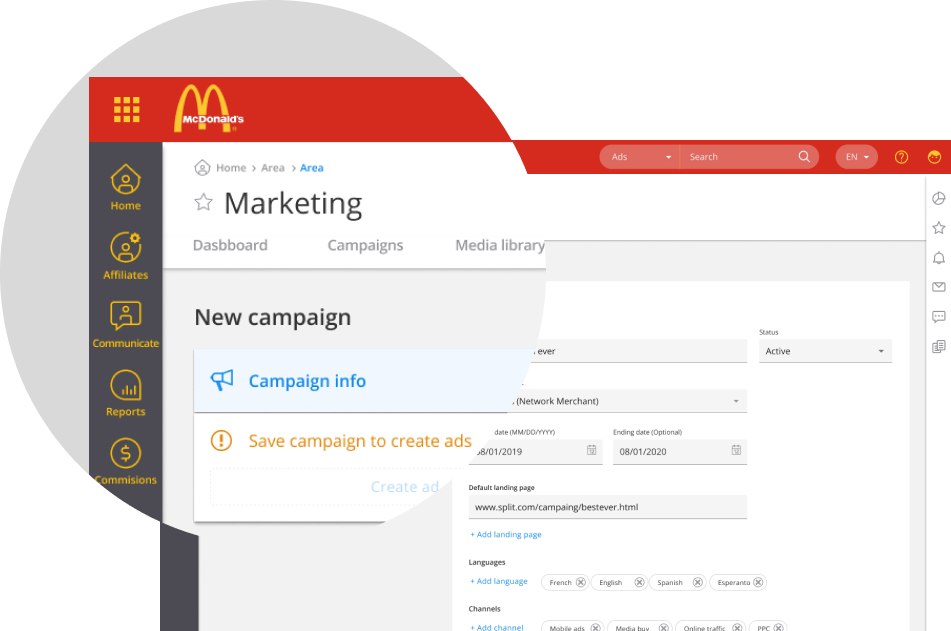

A notable aspect of the project's success was its long-term impact, particularly evident in the technology's subsequent adoption by OnGuard. This company specializes in enhancing the safety of lone remote workers, a critical and often overlooked area. The repurposing of our technology in this new context underscores its adaptability and sustained relevance. It highlights how innovative solutions, rooted in thoughtful design and collaboration, can evolve to meet diverse needs, transcending their initial scope to address broader societal challenges, especially in improving safety and security in vulnerable working environments.
I created three portfolios highlighting UX design versatility, tech leadership, and innovation across industries.
Feel free to reach out and share your innovative ideas. I'm always open to collaboration and can sign NDAs to safeguard our discussions and your unique concepts.
©2024 Berumen Design, All rights reserved.